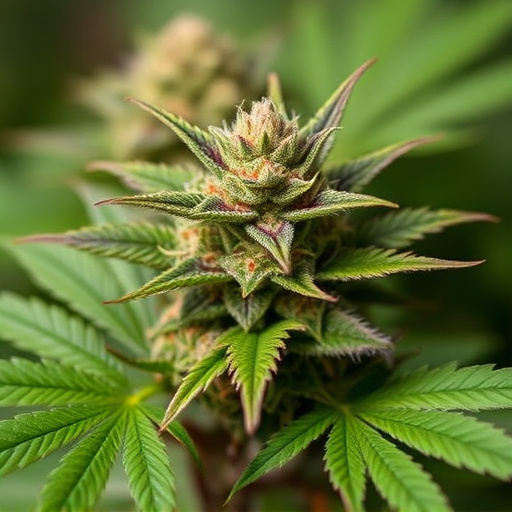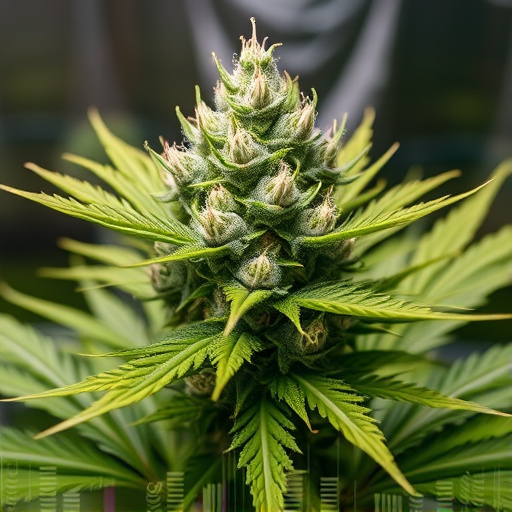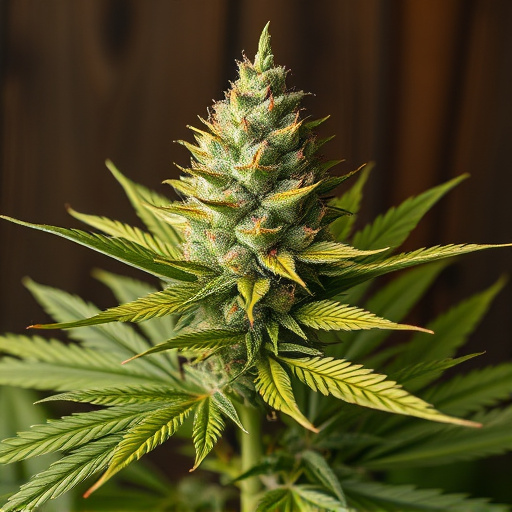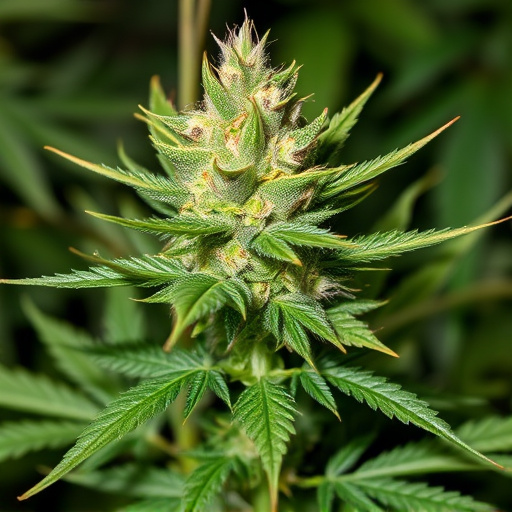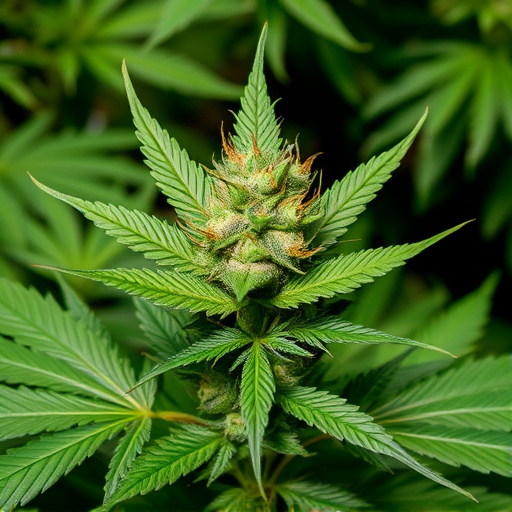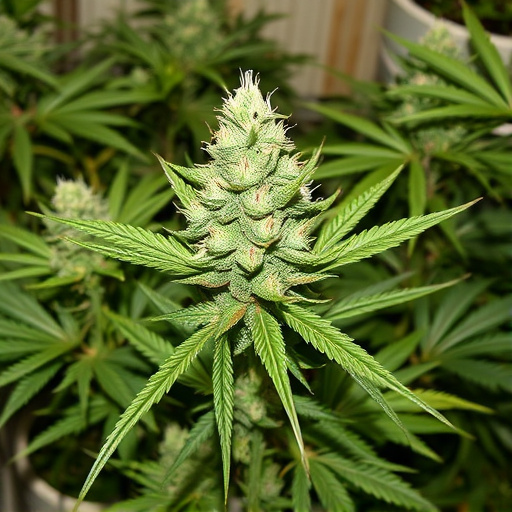Drug testing for cannabis has advanced significantly, incorporating sophisticated techniques to detect even trace amounts of various original strains, including those legal for medical or recreational use. Modern methods like gas chromatography-mass spectrometry (GC-MS) and DNA testing accurately identify compounds like THC and its metabolites, ensuring reliable results. This evolution is crucial due to cannabis's complex chemical profiles and global law changes, helping to avoid false positives or negatives while fostering fairness and informed medical treatments.
Weed, or cannabis, can show up in drug tests, surprising many. This article explores how, delving into the science behind its detection in urine and blood tests. We dissect the challenges posed by identifying original strains and highlight recent advances in testing methods. From understanding basic drug testing to uncovering subtle differences in cannabis metabolites, this guide provides insights crucial for those navigating the complexities of cannabis-related drug tests.
- Understanding Drug Testing and Cannabis Detection
- The Science Behind Weed Detection in Urine and Blood Tests
- Identifying Original Strains: Uncovering the Challenges and Advances
Understanding Drug Testing and Cannabis Detection
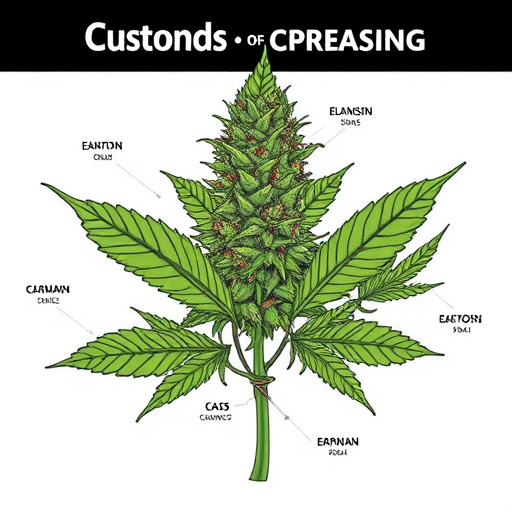
Drug testing has become an integral part of various settings, from employment screening to sports competitions and legal proceedings. The primary goal is to identify the presence of illicit substances, including cannabis, which can impact performance and health. Cannabis, or marijuana, is a complex plant with numerous chemical compounds, including tetrahydrocannabinol (THC) and cannabidiol (CBD), that are of interest in drug tests. Traditional testing methods often focus on detecting THC, as it is the primary psychoactive compound responsible for the ‘high’ associated with marijuana use. However, recent advancements have made it possible to identify even trace amounts of original strains of cannabis, including those with legal medical or recreational uses, through sophisticated analytical techniques.
Understanding the detection capabilities and limitations is crucial when considering false positives or negatives. Original strains of cannabis can vary widely in THC content, ranging from low to high concentrations, depending on genetic traits and cultivation practices. Some forms of cannabis, particularly those with higher CBD levels, may not show up in tests due to their minimal psychoactive effects. This complexity highlights the need for accurate, sensitive, and specific testing methods that can differentiate between various compounds and ensure reliable results, especially as cannabis laws and regulations continue to evolve globally.
The Science Behind Weed Detection in Urine and Blood Tests
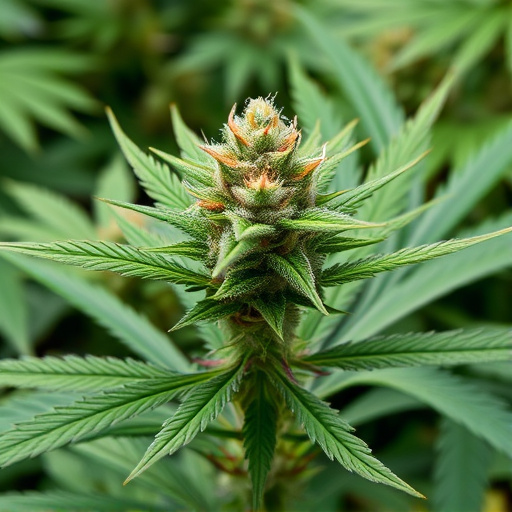
The science behind detecting weed in urine and blood tests is complex, as it involves identifying specific compounds known as cannabinoids, with tetrahydrocannabinol (THC) being the most well-known. When a person uses original strains of cannabis, THC enters their system through the lungs or bloodstream after consumption. This compound then metabolizes into 11-hydroxy-THC (11-OH-THC), which has a longer half-life and is more easily detectable in bodily fluids like urine and blood.
Modern drug testing methods utilize advanced techniques such as gas chromatography-mass spectrometry (GC-MS) to identify these cannabinoids at minute levels, ensuring accurate results. These tests can detect THC and its metabolites for several days or even weeks after consumption, depending on factors like frequency of use, metabolism, and the amount consumed. This is why it’s crucial to understand the science behind weed detection to dispel myths and ensure fairness in testing procedures.
Identifying Original Strains: Uncovering the Challenges and Advances

Identifying the original strains of cannabis can be a complex task, as the plant has been cultivated and hybridized for millennia, resulting in an extensive genetic diversity. Traditional drug tests often focus on detecting specific cannabinoids like THC or CBD, which don’t necessarily provide insights into the specific strain. However, advances in technology have enabled more sophisticated methods. Modern techniques involve DNA testing and gas chromatography-mass spectrometry (GC-MS) to analyze cannabis samples at a molecular level, identifying not just the presence of various cannabinoids but also their ratios and even trace compounds unique to specific strains.
These advancements are crucial for understanding the therapeutic potential of different strains, as well as for forensic purposes. By pinpointing original strains, researchers can uncover the genetic foundations of modern hybrids, leading to better-informed decisions in medical cannabis treatments and more accurate drug testing protocols.
Weed’s presence in drug tests is a complex issue, particularly with advancements in identifying even trace amounts of cannabinoids. Understanding how cannabis metabolizes and its unique chemical signatures helps explain why certain tests can detect it long after consumption. Moreover, the ability to identify original strains has revolutionized testing accuracy, offering a more nuanced understanding of the compounds present. As research progresses, these techniques ensure more reliable results, impacting both personal privacy concerns and public safety initiatives surrounding drug use and testing.



